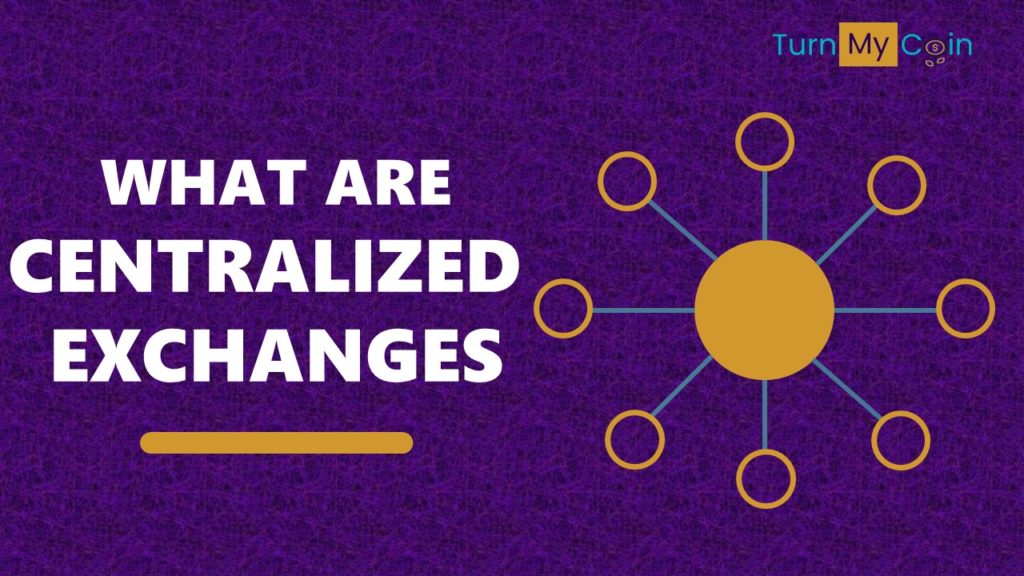Last updated on March 11th, 2023 at 08:16 am
Introduction
Based upon the control that an organisation exercises over a Cryptocurrency exchange. Cryptocurrency exchanges can be divided into two types. Namely, Centralized Cryptocurrency Exchange(CEX) and Decentralized Cryptocurrency Exchange (DEX).
Centralized Cryptocurrency Exchanges are platforms that enable users to buy, sell, exchange their cryptocurrencies. In return, they charge a small fee. This fee normally ranges between 0.08%-0.5% per transaction.
As the name suggests, CEX is controlled by an organisation or authority or Government. This means all the transactions, development, updations, management, operations, profits are overseen by a group of people.
In contrast to the above, any authority does not have control over a Decentralized Exchange. Which have recently become very famous. To understand the differences between a Centralized and a Decentralized Exchange, you read our exhaustive article here.
Centralized Exchanges are more popular compared to Decentralized Exchanges because of their reliability. They make huge investments in the maintenance and updating of the platform. That is the reason why over 95% of cryptocurrency transactions happen through CEXs.
There are big names that you would find in this sector. Binance, KuCoin, OKEx, Bittrex, Huobi, Changelly to name a few.
Let us discuss a few features of Centralized Exchanges with examples of Exchanges:
1. User Interface
Most of the CEXs have a fairly good user interface. They have simple to use processes for verification, trading, withdrawal etc. Centralized Exchanges make sure that even novice users find it easy to navigate, transact and operate the platforms.
Further, the platform is available for both Personal Computers and mobile phones. Though, this may not be the case for Decentralized Exchanges.
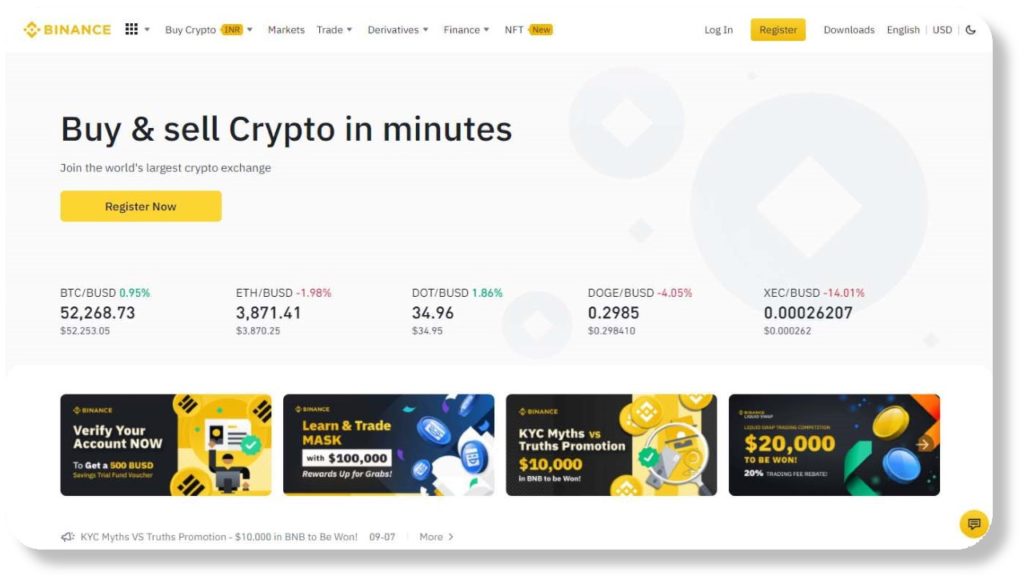
Platforms like Binance provide both a Pro and a Lite version of the same application. Advanced users can use the Pro version. For the new traders, it provides a Lite version.
You can log into the app and conveniently change the version with a tap of a button.
2. Security
Centralized Exchanges are normally quite safe. Primarily because there is a huge investment that the owners make to ensure high level of security.
Having said that, it doesn’t come in as a surprise that a lot of CEXs get hacked. Let me explain this!
CEXs are easy targets for hackers because of their high liquidity and relatively lower security(when compared to Decentralized Exchanges). Just like Cryptocurrencies themselves, CEXs are still in their initial phases of development.
Investors normally safeguard their investment using 2-Factor Authentication while transacting at CEXs. 2FA ensures the use of passcodes from 2 sources before a transaction goes through.
In the case of CEXss ownership of the funds are not with the investor. Instead, it is with the CEX. The investors transact i.e buy, sell and exchange their cryptocurrencies against the pool of the CEX. In a nutshell, you give the custody of your assets to the CEX.
It is due to this custodial nature of CEXs which makes them vulnerable to cyber-attacks.
In comparison to this in the case of a Decentralized Exchange your own wallet like Metamask, Trust wallet etc. have the ownership of the asset. Making it highly secured.
Further, if you compare an individual cryptocurrency wallet. The funds therein would look minuscule before any Centralized Exchange’s kitty. Imagine how convenient it is for a hacker to hack into a high liquidity exchange and vanish with the funds.
3. Trading Options
Most Centralized Exchanges provide great trading options to their investors. Bittrex is a famous Cryptocurrency exchange and provides advanced trading options to its investors. It offers Limit Trade, Market Price Trade, Stop Limit, Trailing Trade, One cancels the other. order(OCO), Ladder Limit.
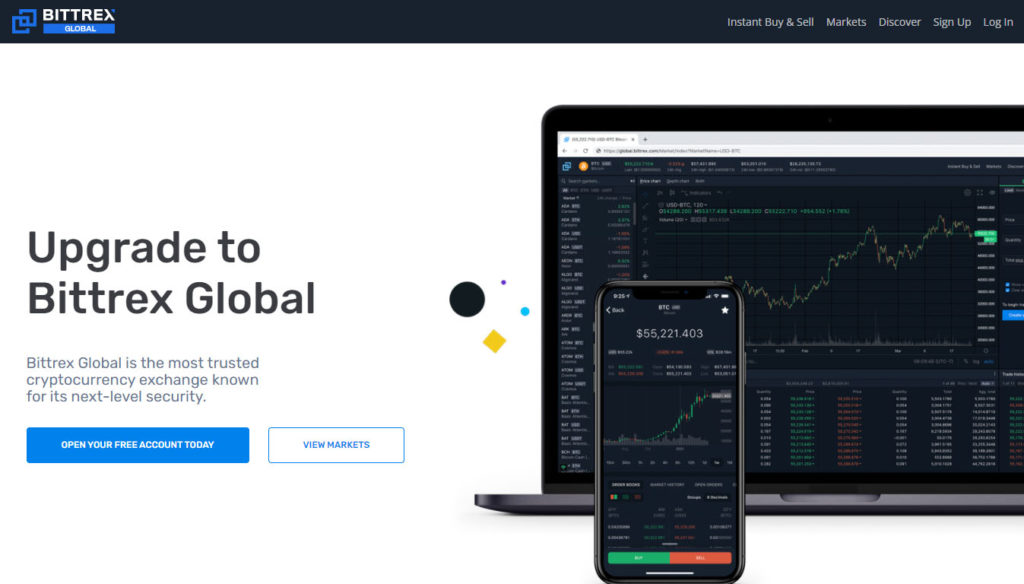
Bittrex also provides instant buy and sell options which enables convenient trading for investors.
4. Demo Trading
Centralized Exchanges like OKEx gives users the opportunity to enter into demo trading through its real time simulators. The users can trade their cryptocurrencies and understand the concepts of trading through this simulator. Without any money. Yes, you heard it right.
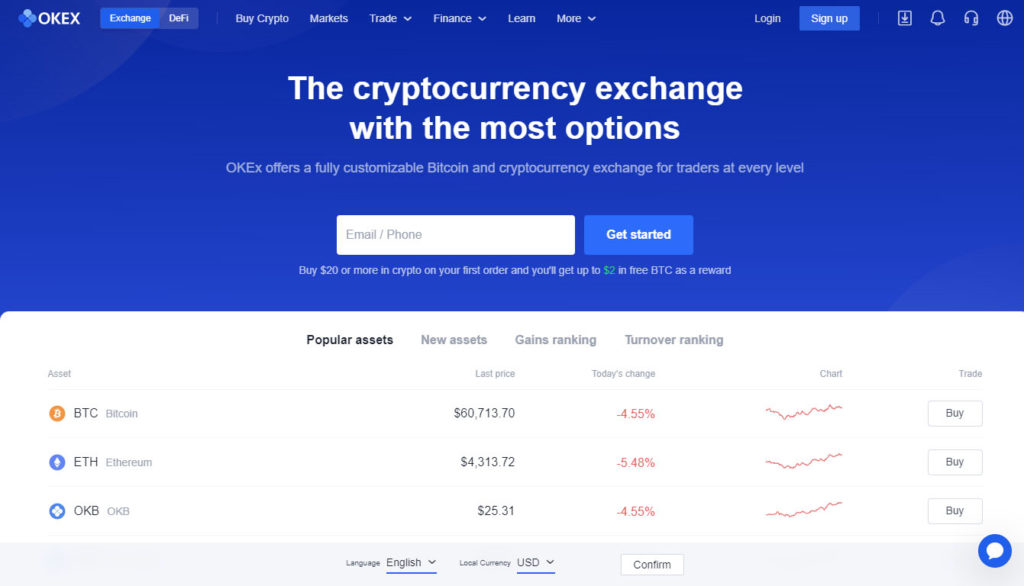
This simulator takes prices from real-time exchange without spending a penny. Once you get comfortable with trading you can switch to the real market. It reminds me of the childhood game “Business” where one would use fake currencies to buy and sell real estate.
5. Products
CEXs provide easy access to path-breaking products. Most investors are already using products like Staking, Liquidity mining, Cryptocurrency Mining, Yield farming. These products ensure rewards to the investors by just holding (HODLING) cryptocurrencies.
It is not that these products do not exist elsewhere in the market. Decentralized Finance (DeFi) has existed for a long. But CEXs have made sure that the end-user gets a seamless experience while using these products.
6. Trading Bots
There are many platforms that provide users with automatic sell and bu features. KuCoin is a popular exchange. Kucoin has advanced trading bots that help you earn without monitoring the market. It is a real privilege for people who cannot invest too much time next to their screens.
KuCoin provides Trading bots for Spot grid, Futures grid and Smart Rebalance.
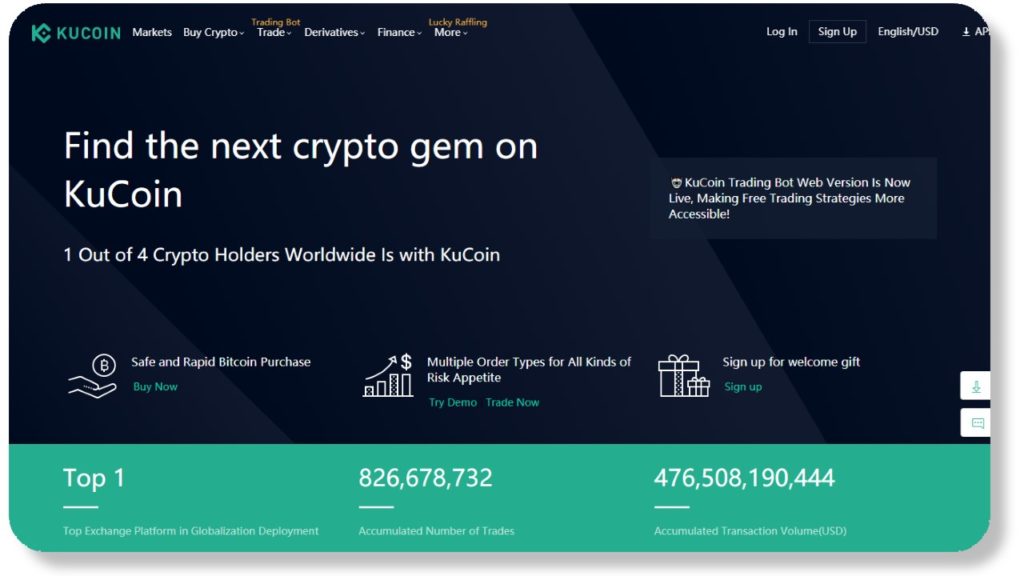
You have to configure your Trading bot once and it takes care of the rest. KuCoin gives you the option of copying the trading bot of highly successful investors. It shows a leaderboard with successful investors. All you have to do is copy their Trading bots in a few steps and that’s it.
Please note: The Trading bots react differently to different market situations. Please do your research properly before copying the trade bots of others.
7. Support
Honestly speaking, this is an area that requires a real revisit. Most of the Centralized Cryptocurrency exchanges do not offer very good support. You may have to wait for days altogether before you can get a reply from them. Support for even the best of the exchanges is just “average”.
However, if you otherwise compare them to Decentralized Exchanges. You would appreciate that Centralized Exchanges at least have support available. You would need to Google or scroll through Knowledgebase for answers about Decentralized Exchanges.
8. Verification Process
All the Centralized Exchanges require you to provide KYC (Know your customer) details. In certain countries your Bank accounts needs to be connected with the exchanges before you start trading.
KYC documents would normally include your passport(or relevant Government ID), residential address, bank details and a selfie holding the passport.
Once you have submitted your KYC they normally take around 2 hours to maximum of 2 days to enable your account.
At many exchanges like Binance, your withdrawal limit depends upon the documents you provide. They will let you open an account but restrict your deposit & withdrawal limit till you provide your documents.
9. Regulations
Each Centralized Exchange is bound by Government regulations. This regulation exposure is due to the inherent risk involved with Cryptocurrency and the downsides of its use.
The Governments want to ensure that their citizens don’t fall prey to scammed portals and lose their money.
While most of the countries are trying to code regulations for Cryptocurrency dealing like India. It is illegal in many countries like United Kingdom. El Salvador recently made crypto transactions legal.
10. Liquidity
Centralized Exchanges enjoy high liquidity. As mentioned earlier over 95% of the cryptocurrency transactions take place on Centralized Exchanges.
Liquidity is the ability of the exchange to let you buy, sell or exchange your coin. For example, you want to trade a coin say Ethereum on an exchange. The exchange should have enough liquidity to:
- Allow you to buy, sell or exchange your Ethereum instantly; and
- The transaction should take place without drastically affecting the price of the currency.
In low liquidity exchanges, if you place an order there can be a high variation in prices. If that happens your order may not get fully executed.
Hence, it is always advisable to transact on Exchanges that have high liquidity.
11. Lack of Trust & Transparency
Since most Centralized Exchanges do not work on Blockchain Technology. The transactions are not publicly visible. Experts have raised numerous questions on the transparency of CEXs.
CEXs can engage in faked volume trading and price manipulation. To quickly run you through the terms. CEXs can artificially increase the volume of transactions at the exchange to depict high liquidity. And also change the price of a crypto asset to derive profit from it.
This is the primary reason why many investors are apprehensive of dealing with Centralized Exchanges.
12. Affect of Decentralized Exchanges on Centralized Exchanges
Decentralized Exchanges have provided a sigh of relief to investors. They can now transact on exchanges that are highly secure and trustworthy.
Decentralized Exchanges are in their nascent stage of development. But they certainly play a very important role in trading when you dive deep into the Cryptocurrency Arena.
Often termed as the technology of the future. Decentralized Exchanges have had exponential growth since their introduction. It is not hard to believe that with time Decentralization Exchanges can easily overtake Centralized Exchanges. After all, it is evident that Decentralized Currency i.e. Cryptocurrency is posing serious challenges for traditional currency.
Bottom Line
Centralized Exchanges have been one of the great success stories in the field of Cryptocurrencies. The ease and reliability that CEXs provided are incomparable. With attractive products and several features, CEXs have certainly evolved the whole cryptocurrency space.
However, we should give ample importance to Decentralized Exchanges. Though complete decentralization has also not proven to be very effective. But hybrid Exchanges bring the best of both worlds and are highly efficient in delivering.
There is a long way to go before Cryptocurrencies and Exchanges can come at par with Financial and Derivate Markets. And hopefully, CEXs will keep playing the front runner role that they have played in the field.
